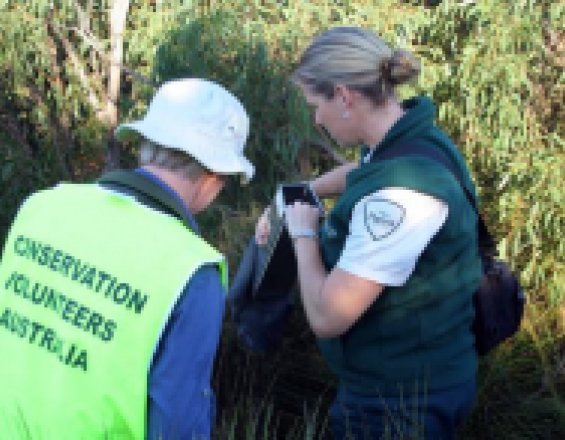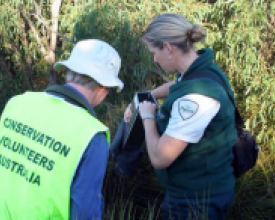Cross sector partnerships enhancing community volunteering in nature

Conservation Volunteers Australia (CVA) and Parks Victoria developed a highly successful cross sector partnership to explore, develop and implement diverse community volunteer engagement models to effectively engage the community to achieve priority biodiversity protection in Victoria’s protected areas. CVA is a not-for profit, practical conservation organisation and Parks Victoria is a statutory authority responsible for 4 million hectares of protected areas.
Context
Challenges addressed
Location
Process
Summary of the process
Building Blocks
Memorandum of Understanding (or signed Agreement)
Enabling factors
Lesson learned
Staff Secondment/Placement
Enabling factors
Lesson learned
Diverse Community Engagement Models
Enabling factors
Lesson learned
Impacts
The partnership has delivered over 12,000 conservation volunteer project days across 125 Parks Victoria locations contributing over 400,000 volunteer hours, valued at $10million to critical biodiversity conservation. Volunteers have undertaken environment restoration, wildlife monitoring and recovery, natural disaster recovery, event management and much more.
Volunteers have planted over 300,000 trees, cleared 1,000 ha of weeds, constructed and repaired 750kms of walking track and conducted over 500 flora and fauna surveys. Long term critically endangered species recovery programs have been developed at recording over 20,000 community volunteer hours including predator proof fence repairs and environmental restoration.
In 2012, 47 critically endangered Eastern Barred Bandicoots were released, the population is now over 150, an increase of 25% to the overall species population. The partnership pioneered 8 new eco voluntourism products combining environmental and recreation activities which received ‘Best New Product’ at the Victorian Tourism Awards. Health programs have had a significant impact with 85% of volunteers regarded as 'healthier'.
